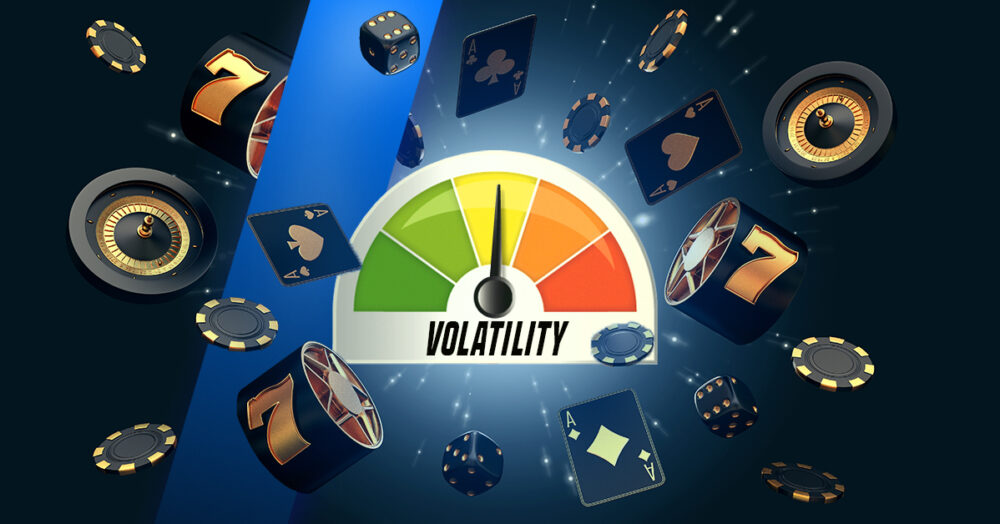Bankroll management is a critical concept for anyone who plays poker, whether you're a casual player or someone looking to become a professional. Your bankroll refers to the amount of money you've set aside specifically for poker. Proper bankroll management ensures that you stay in the game longer and avoid going broke, even during losing streaks.

In essence, bankroll management is about controlling your finances so that you don't risk more than you can afford to lose. By setting limits and playing within your means, you increase your chances of long-term success and reduce the emotional stress that comes with financial losses.
Why Bankroll Management is Important
Even the best poker players in the world experience losing streaks. The randomness of poker, particularly in games like No-Limit Texas Hold'em, means that luck plays a significant role in the short term. Without proper bankroll management, a single bad session could wipe out your entire funds, leaving you unable to continue playing.
Here are a few reasons why bankroll management is crucial:
- Protection from variance: Poker is a game of skill, but it also involves an element of chance. Variance means that even a great player can lose several hands in a row. A solid bankroll allows you to weather these swings.
- Prevent emotional decisions: When your bankroll is too small, you might feel pressured to chase losses or take unnecessary risks. Having a well-managed bankroll helps keep your emotions in check.
- Maximize long-term profitability: Good bankroll management allows you to continue playing through ups and downs, giving your skill a chance to shine over the long run.
Calculating Your Bankroll
The size of your bankroll depends on several factors, including the stakes you play, your skill level, and your tolerance for risk. A general rule is that your bankroll should be 20 to 30 buy-ins for cash games and 50 to 100 buy-ins for tournaments. Here’s a breakdown:
Cash Games
For cash games, where you can rebuy after losing all your chips, it's recommended to have 20 to 30 buy-ins. For example, if you're playing a $1/$2 No-Limit Hold'em game with a $200 buy-in, you should have a bankroll of $4,000 to $6,000.
- Low-risk players should aim for 30+ buy-ins.
- More aggressive or experienced players might get away with 20 buy-ins, but this carries higher risk.
Tournaments
Tournaments are a bit more volatile than cash games because you can't rebuy after busting out, so a bigger bankroll is necessary. A recommended guideline is to have at least 50 to 100 buy-ins for the tournament level you're playing.
For example, if you're entering $50 tournaments, your bankroll should be between $2,500 and $5,000.
Setting Limits and Staying Disciplined
Discipline is key to effective bankroll management. Setting clear limits on how much you're willing to lose in a session or over a week will help you avoid going broke. Various poker platforms, such as hit club, offer features to help players manage their bankroll effectively, ensuring they stay in the game without risking too much. Here are some tips:
- Set loss limits: If you're down a certain percentage of your bankroll in one session, take a break. Walking away can prevent further losses due to frustration.
- Avoid "going on tilt": Tilt refers to playing recklessly after a bad beat or losing session. This emotional reaction can destroy your bankroll quickly. Take a step back if you feel anger or frustration affecting your decision-making.
- Move down in stakes: If your bankroll dips below your target, don't hesitate to move down in stakes to protect your remaining funds. It's better to play smaller games until your bankroll recovers than to risk losing everything.

Adjusting for Different Poker Formats
Different poker formats require different bankroll strategies. Whether you're playing cash games, sit-and-go's, or multi-table tournaments (MTTs), adjusting your bankroll accordingly can help you avoid unnecessary risks.
Cash Games
In cash games, where you can rebuy anytime, you need a larger bankroll to protect yourself from short-term swings. The number of buy-ins you keep in your bankroll will depend on your risk tolerance, but sticking to 20 to 30 buy-ins is a safe approach.
Sit-and-Go's
In sit-and-go tournaments, the buy-in is fixed, and you can't re-enter once you’re out. The nature of sit-and-go's means there will be significant swings, so it’s advisable to have a bigger bankroll of 30 to 50 buy-ins.
Multi-Table Tournaments (MTTs)
MTTs are the most volatile format, as only a small percentage of players make the money. It’s recommended to have a bankroll of 50 to 100 buy-ins for MTTs due to the high variance.
Avoiding Common Bankroll Mistakes
There are several common mistakes players make when managing their bankroll. Avoiding these can help protect your funds and keep you in the game longer.
- Not having a dedicated bankroll: Mixing your poker money with your living expenses is a recipe for disaster. Keep your poker bankroll separate.
- Chasing losses: After a losing session, it can be tempting to play higher stakes to win back what you lost. This is a dangerous habit and can wipe out your bankroll quickly.
- Not moving down in stakes: Many players are reluctant to move down in stakes when their bankroll shrinks. However, moving down ensures you can keep playing without risking your entire bankroll.
- Not tracking your results: Keeping a record of your wins and losses can help you assess your overall performance and identify leaks in your game.

Conclusion: Bankroll Management is Key to Long-Term Success
Bankroll management might not be the most glamorous part of poker, but it’s essential for staying in the game and being a successful player. By calculating your bankroll properly, setting limits, and avoiding common mistakes, you can weather the ups and downs that come with poker. Remember, even the best players experience losing streaks, but proper bankroll management will help you stay in the game long enough to see your skills pay off.
Whether you're playing cash games, sit-and-go's, or tournaments, stick to your bankroll plan, and you’ll give yourself the best chance of long-term success.

